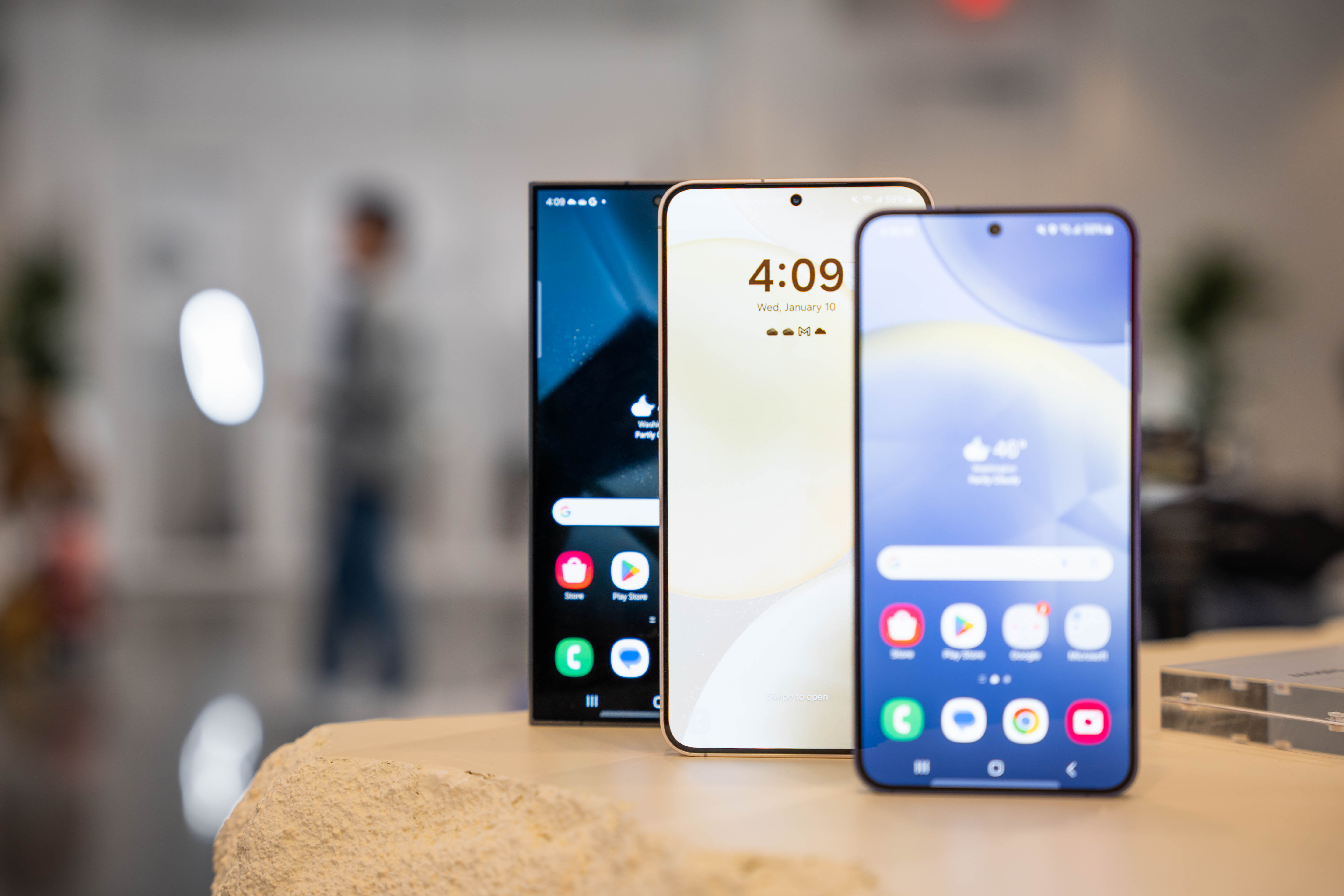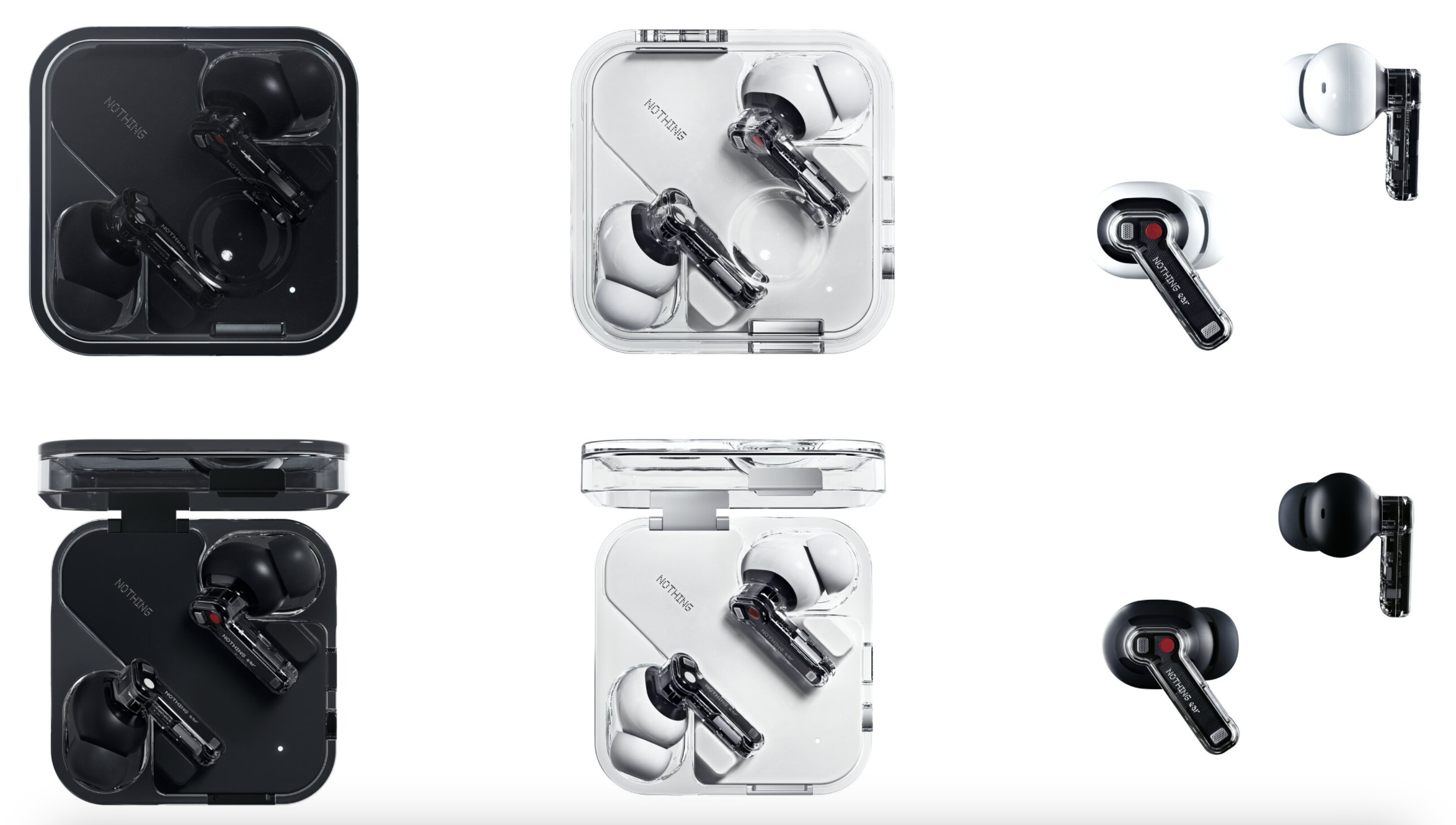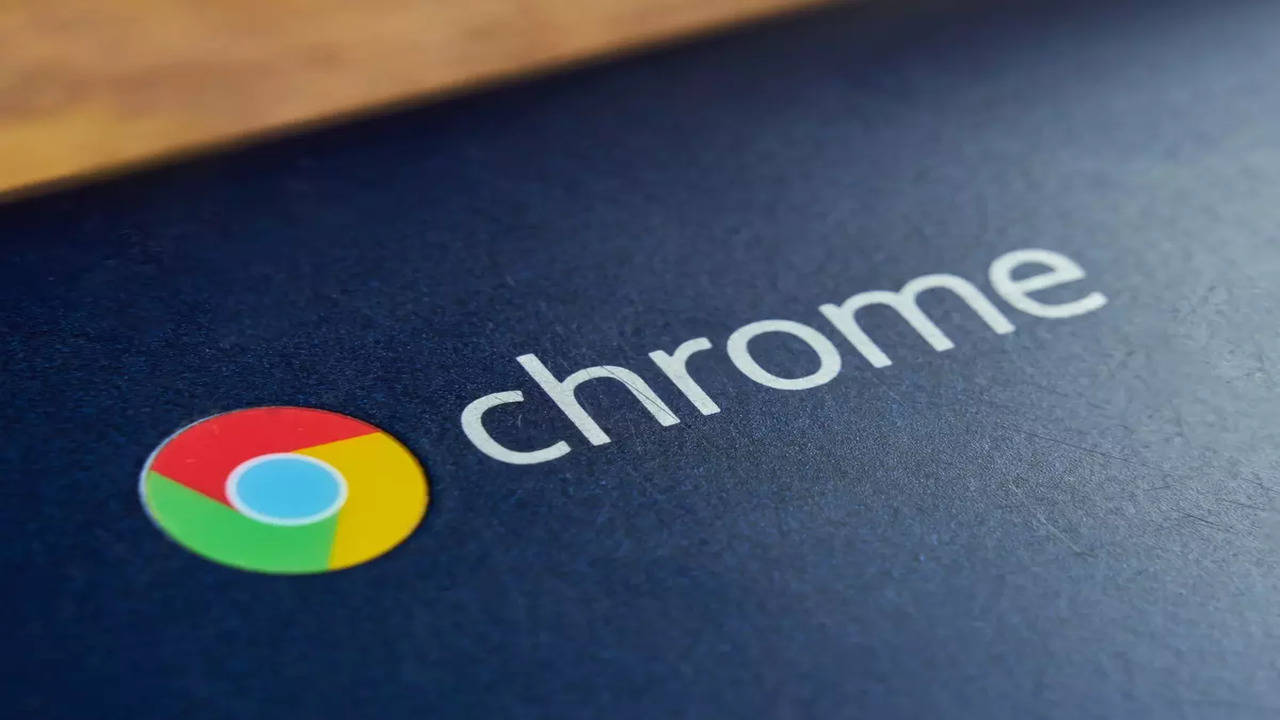
For the longest time ever, Samsung dominated the smartphone market. They pretty much held onto the number one spot, at least until last year. Last year, Apple managed to dethrone Samsung and claim the number one position, but it looks like Apple's claim to the throne did not last very long.
According to the latest figures from the IDC, Samsung has managed to reclaim their position. The numbers reveal that for Q1 2024, Samsung managed to ship 60.1 million units of smartphones which gave them a 20.8% market share. This is versus Apple who only shipped 50.1 million units which represented a 17.3% market share.
Both Apple and Samsung actually saw a decline in year-over-year shipments, but Apple seemed to take a larger hit of -9.6%. Samsung on the other hand only saw a decline of 0.7%. In third place is Xiaomi with a 14.1% market share and a growth of 33.8%. Transsion came in fourth place with a 9.9% market share, but saw the largest growth of 84.9% year-over-year. Oppo came in fifth place with an 8.7% market share.
To be fair, Samsung released its flagship phones earlier this year which probably gave them a boost. It will be interesting to see if Apple's release of their new iPhones later this year will let them overtake Samsung again. But until that happens, for now it looks like Samsung is once again reigning supreme.

While Nothing's upcoming wireless earbuds are still officially behind wraps, it looks like fans now have a good idea of what to expect (at least visually) once the company formally unveils its new products. More specifically, a set of leaked images show the new Nothing Ear and Nothing Ear (a) designs, leaving nothing (pun somewhat intended) to the imagination.
Posting on twitter/X, tech tipster Ishan Agarwal shared several images of both earbuds. Based on the posts, it looks like the Nothing Ear will succeed the Nothing Ear (2), although interestingly enough it doesn't bear "3" in its name, at least at the moment. As for the design, it does resemble the first two Nothing Ear flagship earbuds, especially with the design and square charging case.

Meanwhile, the Nothing Ear (a) is expected to slot into Nothing's budget accessory lineup, as evidenced by the "a" branding. The leaked photo shows three different variants, one of which sports a yellow palette, which is a look previously unseen in older Nothing products. The a-model earbuds also come in a slightly smaller charging case.

As for hardware, not much is known about the new Nothing Ear model, although it's predicted that the Ear (a) might feature 45dB ANC, Dual connection, quick charging, up to 8 hours battery life and IP54 rating.

One of the ways Google has managed to ingrain itself into our lives is by making the majority of its products and services free of charge. The company does sell products and services that require a fee, such as Google One, but it looks like they'll be extending that to Chrome by introducing a paid version of the browser.
Before you get too upset, note that the current version of Chrome you're probably using right now will remain free. Instead, this paid version of Chrome, also known as Chrome Enterprise Premium, is entirely optional. You don't have to pay for it if you don't want to, but you might also want to pay for it if its additional features are appealing and could be of use to you.
According to Google, Chrome Enterprise Premium is more geared towards users who want advanced security features while they browse the web. For example, IT admins can create things like custom permissions. It also comes with automatic warnings on malware, additional protection against phishing, and AI powered security features.
This isn't to say that the current version of Chrome is "less" secure. It is still quite a secure browser with a ton of security features to protect users against online threats, but the paid version will offer more advanced security and malware screening tools that maybe enterprise users might appreciate. Chrome Enterprise Premium will be priced at $6 per user per month.

Should You Outsource AI Development: Pros and Cons
According to a recent study, 94% of tech firms rely on external providers when it comes to advancing their AI technology. Outsourcing has become a trend during the pandemic and doesn't show signs of stopping nowadays. This blog post sheds light on the pros and cons that outsourcing of artificial intelligence development carries for your tech company. So, whether you doubt whether external providers are the right choice to power your IT initiatives, this is your answer.
Pros of AI Development Outsourcing for Tech Companies
Sometimes, the best way to power your tech company is to look outside your organization, and outsourcing comes as a strategic move here. Let's take a look at the most sufficient advantages that they reap from outsourcing AI development.
Access to Vast Talent Pool
AI development outsourcing allows you to tap into skilled and experienced artificial intelligence developers regardless of their location. Unlike in-house hiring, you don't have to spend time and costs on filling the workforce shortages with talent from your location or searching for candidates willing to relocate. Outsourcing allows you to have the right expertise on board, bypassing geographical limitations and thus boosting the time-to-market speed.
Cost Savings
Apart from the variety of skilled workforce, AI development outsourcing helps to cut down on expenses related to hiring and training in-house teams. First, the outsourced team has all the required infrastructure and equipment for AI development. Second, outsourced teams allow tech companies to save on insurance, health care, travel, and other employee perks. Third, outsourcing allows for cutting down on budget by hiring contractors from countries with lower labor costs compared to Western world. Apparently, outsourcing AI app development allow tech companies to benefit from cost effective solutions without compromising on the quality of the final product.
Scalability Options
Just like any project, AI development can get unpredictable from time to time, and outsourcing has the "built-in" flexibility to address the changes. Depending on the project requirements, you can "fill the gap" in the development team with a lacking talent or scale down on the workforce that you don't require at the particular stage with no commitments involved.
Cons of Outsourcing of AI Development
Before outsourcing your AI initiatives, let's consider the most significant risks associated with trusting AI development to third-party contractors.
Data Security and Confidentiality Concerns
Sharing sensitive information with external providers may pose serious threats to the security of your organization. This may be a sad consequence of unreliable data protection measures and negligence of third-party contractors as well. Make sure the service provider is trustworthy and implements robust data protection measures in place.
Communication Challenges
These may be either cultural, language, or time zone barriers. Since effective communication is a key to project success, make sure to hire the team that not only speaks the language required but also understands your values and standards.
To sum up, many tech companies rely on external providers to advance and implement their AI initiatives. No weird, considering the cost savings, flexibility, and a vast talent pool that outsourcing grants. If you're a tech firm looking to reap the benefits of AI development outsourcing, S-Pro comes in as your reliable development partner. Their dedicated team of AI specialists uses cutting-edge algorithms and machine learning techniques to craft intelligent solutions that deliver tangible results to your tech company.

Are you ready to break free from the grip of Google services on your Android device? Whether you're concerned about privacy, want more control over your data, or simply prefer alternative options, it's entirely possible to use Android without relying on Google. In this blog post, I'll share some tips and strategies for navigating the Android ecosystem without Google services.
1. Choose a Google-Free Android Device
If you're in the market for a new Android device and want to avoid Google services from the get-go, consider purchasing a smartphone from manufacturers like Samsung, OnePlus, or Huawei. These OEMs offer Android devices with their own custom user interfaces and app stores. These devices often provide alternatives to Google services out of the box.
2. Opt for Open-Source Alternatives

Replace Google's proprietary apps with open-source alternatives available on alternative app stores like F-Droid or the Aurora Store. Here are some examples:
- Web Browser: Instead of Google Chrome, try Firefox, Brave, or DuckDuckGo Browser for privacy-focused browsing.
- Email: Use open-source email clients like K-9 Mail or FairEmail for managing your email accounts without relying on Gmail.
- Maps and Navigation: Replace Google Maps with alternatives like OpenStreetMap, Maps.me, or OsmAnd for offline maps and navigation.
- Search Engine: Switch to privacy-focused search engines like DuckDuckGo, StartPage, or Searx for internet searches without Google tracking.
- Cloud Storage: Opt for alternatives to Google Drive such as Nextcloud, Dropbox, or pCloud for storing and syncing your files in the cloud.
3. Secure Your Device
Ensure your device is secure by keeping it updated with the latest security patches and using security-focused apps and services. Consider installing a reputable antivirus app, enabling device encryption, and using a secure lock screen method like a PIN, pattern, or biometric authentication.
4. Manage App Permissions
Review and manage app permissions to control what data your apps can access. Go to Settings > Apps & Notifications > [App Name] > Permissions to view and adjust permissions for each installed app. Be cautious about granting unnecessary permissions that could compromise your privacy.
5. Disable Google Services and Apps
![]()
If your device came pre-installed with Google services and apps, you can disable or remove them to reduce Google's presence on your device. Go to Settings > Apps & Notifications > [Google App/Service] > Disable/Uninstall to disable or uninstall Google apps and services that you don't use.
6. Embrace Privacy-Enhancing Tools
Explore privacy-enhancing tools and services that complement your Android without Google experience. Use VPNs (Virtual Private Networks) to encrypt your internet traffic, employ ad blockers to reduce online tracking, and consider using privacy-focused messaging apps like Signal or Telegram instead of Google's messaging services.
Embrace Freedom and Privacy on Android
By following these tips and strategies, you can liberate yourself from the confines of Google services on your Android device and take control of your digital life. Whether you're concerned about privacy, want more freedom and choice, or simply prefer alternatives to Google, there are plenty of options available to customize your Android experience to suit your preferences. Embrace the freedom and privacy that come with using Android without Google services, and enjoy a more secure and personalized smartphone experience.
© 2023 YouMobile Inc. All rights reserved






